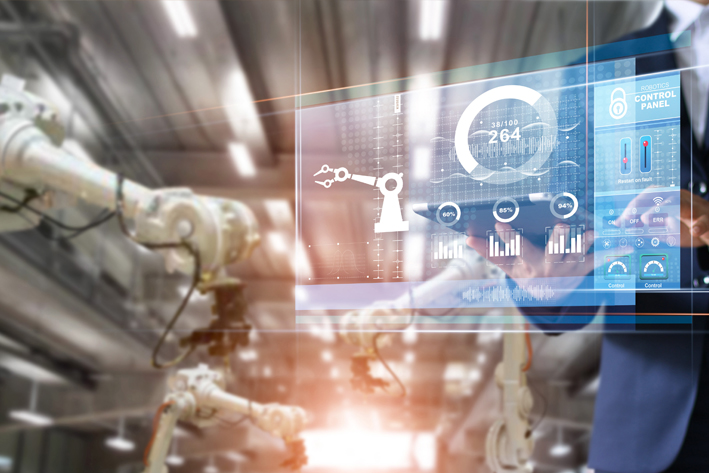Within the world of manufacturing, where accuracy performance, efficacy, and endurance are essential, diecasting serves as an illustration of the fusion of science and art. Diecasting, which is a process that has its roots in ancient techniques, but constantly changing with the advancement of technology, has a prominent place in a myriad of industries across the globe. From automobile components to complex electronic components, diecasting provides incredible advantages for creating intricate metal components with incredible detail and high-quality.
Diecasting is the process of injecting molten metal in the mold of a steel in high-pressure. This method, acclaimed for its speedy cycles and large production capacities, allows companies to make intricate forms and designs that are extremely precise and reproducibility. The diecasting molds are usually made from metal that has been hardened and designed using a meticulous process to resist the high pressure and temperatures of the melting metal. This results in a product with precise tolerances as well as excellent finishes on the surface which require only very little processing afterward.
One of the main benefits of diecasting is its capacity to accept an array of different alloys and metals like magnesium, aluminum, zinc and copper. Every material has its own distinct characteristics that are unique to it, such as the light and durable nature of aluminum, or the remarkable strength-to-weight ratio for magnesium. The manufacturers can choose the best material for their needs by analyzing factors like the strength requirement, thermal conductivity as well as cost effectiveness, which will ensure an optimal performance and suitability for your intended use.

Additionally, due to the versatility of materials In addition, diecasting provides unmatched flexibility in design, which allows engineers to develop complicated geometries as well as intricate details that are difficult or impossible to attain using alternative manufacturing processes. This is especially beneficial for industries in which lightweight but robust components are essential for aerospace or automotive. Utilizing the power computers-aided design (CAD) software as well as sophisticated software for simulation, designers are able enhance the geometries of their parts to improve durability, strength and manufacturing, expanding the limits of design. For more information please Read This
Furthermore, diecasting excels at making sure that dimensional precision is tight and uniformity of part-to-part, crucial features in production facilities in which quality control is a must. Being able to keep the exact measurements and uniformity across millions of components ensures seamless integration and a better compatibility, thus reducing production waste while increasing overall quality and reliability. This degree of accuracy is particularly important in critical safety situations where minor mistakes could lead to catastrophic results.
Although it has many benefits however, diecasting does not come without its difficulties. It requires advanced equipment and tools, an enormous initial investments, and experienced workers to guarantee the highest quality outcomes. Additionally, variables like porosity, shrinkage, as well as thermal stresses may affect the strength of the finished piece, which requires careful optimizing and quality-assurance methods. But, advances in technology for diecasting, like new alloys, improved mold designs, and even real-time monitoring, are continuing to solve these problems improving efficiency, durability and sustainability in diecasting production.

